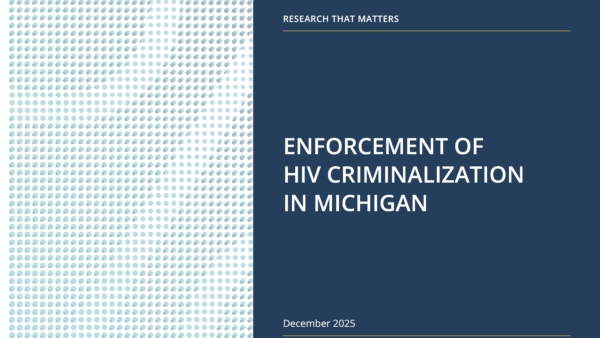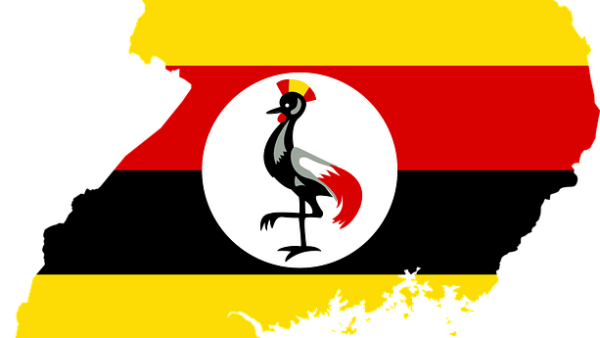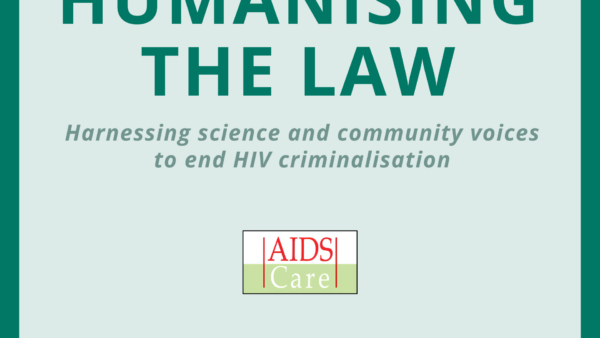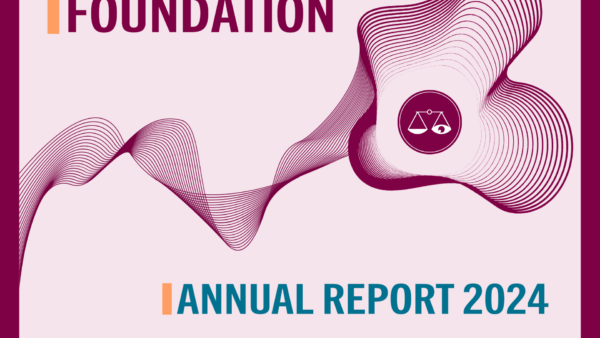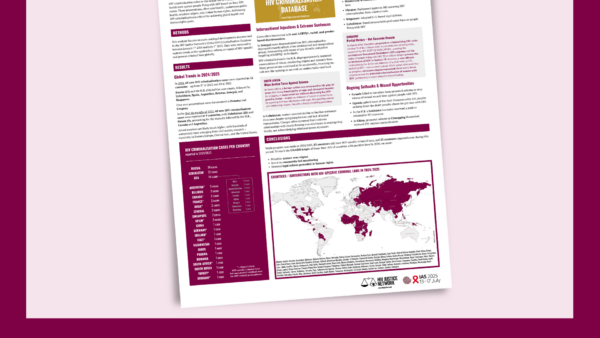
No Room for Illness: Myanmar Migrants’ Silent Struggle in Thailand
Myanmar refugees in Thailand face hardship and uncertainty, struggling with poverty, discrimination, and the constant fear of deportation, all while their access to healthcare remains limited.
Key Takeaways
- Myanmar migrants in Thailand face financial, legal, and language barriers that restrict access to healthcare.
- Limited healthcare access for migrants worsens issues like malaria, TB, and maternal health, impacting migrants and Thailand’s healthcare system.
- Expanding insurance, improving rural care, addressing language barriers, and ensuring legal protections are vital for migrant health and Thailand’s public health.
As of 2024, over 4.18 million Myanmar migrants reside in Thailand, many in irregular status, working in low-wage sectors like agriculture and construction. These migrants face significant barriers to healthcare, impacting both their well-being and Thailand’s public health system. This article explores the healthcare-seeking behavior of Myanmar migrant workers, the challenges they face, and the broader implications for Thailand’s healthcare system.
1. Background of Migration
Myanmar migrants make up one of Thailand’s most significant foreign worker populations, driven by economic instability, political turmoil, and ethnic conflicts, especially after Myanmar’s 2021 military coup. While 90,000 refugees live in border camps, millions live outside in precarious conditions. Around 1.8 million migrants are in irregular status, facing exploitation and limited access to essential services, including healthcare. Migrants enter Thailand through formal channels like MoU agreements or informal routes. While MoU workers have some legal protections, irregular migrants face significant barriers to healthcare and social services.
2. Current Migrant Healthcare Landscape in Thailand
To understand the migrant healthcare system in Thailand, it is essential to examine the broader landscape of the healthcare system first. While Thailand boasts a dual healthcare system comprising public and private sectors, access to these services remains challenging for many migrants.
2.1 Private Healthcare: Costly and Out of Reach
Thailand’s private healthcare sector offers high-quality services but at a steep cost. General practitioner consultations range from $30 to $80, while specialist consultations cost between $45 and $120, excluding additional hospital, treatment, and transportation charges. For migrant workers earning an average monthly income of $290 to $320, private healthcare is largely unaffordable.
Additionally, medical expenses in Thailand, which have been steadily rising since 2020, are expected to climb by an additional 15% in 2025. And these rising medical costs worsen healthcare access for underpaid migrant workers. Low wages make quality care unattainable, and unresolved pay issues heighten barriers. Addressing wage inequality and improving healthcare affordability is essential to protect the well-being of vulnerable migrants.
2.2. Public Healthcare: Affordable but Limited
The public sector, including government hospitals and clinics, provides cost-friendly healthcare options. However, irregular migrants face significant barriers due to their legal status. Fear of deportation or arrest often deters them from seeking care at public facilities. Language and cultural differences further complicate their access to essential services.
2.3. Insurance Schemes and Their Shortcomings
To address these challenges, Thailand has introduced several health insurance schemes over the years, including Social Security Fund (SSF) (1991), Workman’s Compensation Fund (WCF) (1994), Migrant Health Insurance Scheme (MHIS) (1998), Migrant-Fund (M-Fund) (2017), and Health Insurance for Non-Thai People (HINT) (2024). While these schemes aim to provide coverage, their impact has been limited. The SSF, WCF, and MHIS cater primarily to specific employment sectors and exclude undocumented migrants. The M-Fund and HINT are designed to address these gaps, offering access to irregular migrants. However, challenges remain in raising awareness among migrants about these schemes and ensuring they understand how to utilize the benefits effectively.
2.4. Rural and Border Areas: A Greater Challenge
Healthcare access is even more restricted in rural and border areas, where many migrants reside. Free clinics run by NGOs and INGOs, such as the Mae Tao Clinic, World Vision, and the International Organization for Migration (IOM), fill healthcare gaps. However, these services are often insufficient to meet the growing demand.
2.5. Migrant Health Volunteers: Bridging the Gap
Migrant Health Volunteers (MHVs) connect migrants to healthcare services, particularly in remote regions. Working alongside local NGOs, MHVs raise awareness about available services and rights as a crucial link between migrants and healthcare providers.
3. Impact of Migration on Thailand’s Public Health Sectors
The recent surge of migrants from Myanmar into Thailand, especially after Myanmar’s February 2024 conscription law, has raised concerns in Thailand’s public health sector, with challenges in disease prevention, healthcare coverage, and achieving a sustainable healthcare system. Key health concerns include:
- Malaria: Migrants in border provinces like Tak face heightened malaria risks due to limited access to prevention and healthcare services. In 2023, Thailand reported nearly 17,000 malaria cases, a sharp rise from 9,989 in 2022, with 42% imported from neighboring countries, primarily Myanmar. Tak province, a hotspot for malaria, accounted for over half of these cases, experiencing sporadic outbreaks. Challenges in addressing malaria among migrants include their mobility, remote living conditions, and social barriers such as isolation, discrimination, and limited community integration.
- Tuberculosis (TB): TB remains a critical issue for migrant workers in Thailand, especially in border regions with rising cases and drug-resistant strains. In 2023, TB incidence increased to 157 per 100,000 from 143 per 100,000 in 2021. Tailored community programs integrating TB, HIV/AIDS, and maternal health services can improve education, diagnosis, and treatment adherence.
- HIV and Syphilis: Unsafe sexual practices and inadequate access to sexual health education have led to elevated rates of HIV and syphilis among migrant populations in Thailand. Research shows that migrants from neighboring countries face an HIV prevalence up to four times higher than that of the general Thai population.
- Maternal, Neonatal, and Child Health (MNCH): Migrant women, especially those with irregular status, face numerous obstacles in accessing maternal care and sexual health services. Financial constraints, limited MHIS coverage, and discrimination, including refusal to renew MHIS during pregnancy, exacerbate these challenges. Fear of deportation and high healthcare costs often force undocumented pregnant women to choose unsafe home births over essential hospital services.
- Vaccination: Immunization rates among migrant children in Thailand, particularly those from Myanmar, remain suboptimal. The lack of access to routine vaccination services is exacerbated by irregular migration status, geographical isolation, and language barriers.
4. Limitations in Access to Healthcare
Despite the availability of healthcare resources, Myanmar migrants in Thailand face numerous challenges in accessing adequate medical care. These barriers are multifaceted, rooted in policy gaps, socioeconomic factors, and legal constraints, creating a complex landscape for healthcare access.
4.1. Policy Gaps and Financial Barriers
Eligibility for social protection programs like the Social Security Fund (SSF) and Workmen’s Compensation Fund (WCF) is often tied to specific employment sectors and statuses, leaving many migrants without coverage. Data from the Thailand Migration Report 2024 reveals that as of February 2024, only 51% of migrants were enrolled in a health insurance scheme, indicating that nearly half of eligible workers lack health insurance. For those without coverage, the steep upfront costs of healthcare services significantly deter seeking timely medical attention. This financial strain is particularly severe for irregular migrants, who face disproportionate challenges in accessing affordable care.
4.2. Geographical and Gender-Based Challenges
Migrants in remote or border regions face significant healthcare access challenges, with long travel distances adding financial and time burdens. Female migrant workers, especially those in domestic roles, encounter additional barriers, such as clinic hours conflicting with work schedules, unwelcoming attitudes from healthcare providers, and clinic distances. These factors limit their access to essential sexual and reproductive health services, exacerbating gender-based health disparities.
4.3. Socioeconomic and Legal Factors
A significant portion of Myanmar migrant workers in Thailand earn below the minimum wage, with 37% earning less. Women earn an average of 350 THB per day, compared to 400 THB for men, and migrants in provinces like Tak earn even less. These low wages make healthcare and insurance unaffordable, while limited education leaves many unaware of their health rights, contributing to the underutilization of healthcare services.
4.4. Language Barriers and Communication Challenges
Language barriers are a critical challenge for migrant workers in accessing healthcare, leading to misunderstandings, misdiagnoses, and delayed treatment. Without adequate language support, many migrants resort to drug stores for minor ailments, risking improper medication. The lack of translators in healthcare facilities further exacerbates these communication issues, limiting access to essential care.
4.5. Fear of Legal Repercussions
Fear of legal repercussions is a significant barrier for irregular migrants in Thailand seeking healthcare. Many avoid medical facilities to prevent arrest or deportation, leaving health issues unaddressed. Without legal status, they rely on health posts or free clinics but face risks of arrest or bribery near official healthcare services, perpetuating mistrust and inadequate care.
5. Conclusions and Recommendations
The healthcare challenges faced by Myanmar migrant workers in Thailand are multifaceted, involving a complex interplay of legal, financial, geographic, and socio-cultural factors. To improve access to healthcare, Thailand must address the systemic barriers hindering migrant workers’ access to essential services. Key recommendations include:
- Enhancing Health Insurance Coverage: Expanding migrant health insurance schemes to cover all migrant workers, regardless of their legal status, is essential.
- Increasing Awareness and Outreach: Expanding awareness campaigns and outreach programs targeting migrant communities, especially in remote areas, can help increase knowledge of available healthcare services.
- Improving Healthcare Infrastructure in Rural Areas: Expanding healthcare facilities in rural and border regions and providing mobile health units will help bridge the access gap.
- Addressing Language Barriers: Increasing the availability of translators and culturally sensitive healthcare services will improve communication and reduce misunderstandings.
- Strengthening Legal Protections: Reducing the fear of deportation by strengthening legal protections for migrants seeking healthcare will encourage timely treatment and reduce the burden of preventable diseases.
In conclusion, addressing the healthcare needs of Myanmar migrant workers in Thailand is not only a moral imperative but also essential for safeguarding public health. By addressing these challenges through comprehensive policy changes, Thailand can ensure that all workers, regardless of their legal status, have the healthcare they need to lead healthy, productive lives. It can also help Thailand build a more inclusive and sustainable healthcare system that benefits migrants and the broader population.
- About the author: Dr. Htet Khaing Min, a medical doctor, is a Junior Research Fellow at the Sustainability Lab of the Shwetaungthagathu Reform Initiative Centre (SRIc). He recently led Remote Health Projects, focusing on Community Health Worker programs in the border regions of Naga and Karen States.
